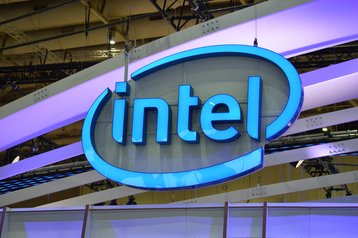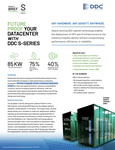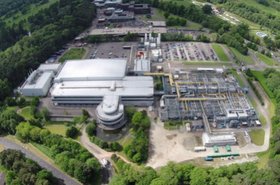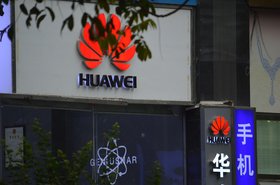Intel CEO Lip-Bu Tan has said he plans to cut “unnecessary bureaucracy” and take the chipmaker back to its roots and “empower our engineers,” following the company posting flat year-over-year (YoY) revenue results for Q1 2025.
First quarter revenue totaled $12.7 billion, with the company posting a net income loss of $887 million during the three-month period, almost double the $437m loss the company saw in Q1 2024.
While Tan described the results as a “step in the right direction,” thanking CFO David Zinsner and CEO of Intel Products, MJ Holthaus, for their interim leadership, in a memo sent to employees titled ‘Our Path Forward,’ he said there was still more progress to be made.
“We are navigating an increasingly volatile and uncertain macroeconomic environment, which is reflected in our Q2 outlook,” Tan wrote. Intel has forecast Q2 revenue of $11.2bn - $12.4bn and has adjusted its capex target for 2025 to $18bn, down from $20bn. Its operating expense target has also been reduced from $17.5bn to $17bn for 2025, and down to $16bn for 2026.
There was good news to be found for Intel’s Data Center and AI (DCAI) and Foundry business units, which both saw increased YoY revenue. DCAI posted revenue of $1bn for the quarter, an eight percent increase, while Intel Foundry was up seven percent to $4.7bn.
Speaking to analysts on a revenue call after the results were posted, CFO David Zinsner said DCAI revenue was “above expectations,” but attributed the growth to “hyperscaler demand for host CPUs for AI servers and storage compute,” adding Intel Foundry’s performance was due to “pull-ins of Intel 7 wafers and increased advanced packaging services.”
While Intel Foundry did post a flat loss of $2.3bn for the quarter, Zinsner said this figure was in line with expectations, and structural cost improvements were offset by startup costs associated with the ramp of products on Intel 18A.
However, despite the Q1 revenue growth, Zinsner said the company is expecting to see both DCAI and Foundry revenue fall sequentially during Q2 2025, adding that the increased chance of an economic slowdown as a result of “the very fluid trade policies in the US and beyond, as well as regulatory risks,” has made it difficult for Intel to forecast how it will perform during the rest of the year.
CEO Tan said on the same call that Intel would also “continue to take a closer look at our existing factory footprint to ensure that we are making the most efficient use of our in-store capacity before committing to any additional spending.” In March 2025, Intel announced it was pushing back the opening of its two fabs in New Albany, Licking County, Ohio, to the early 2030s, half a decade later than originally planned.
He also said the decision to spin-off Intel Capital had been reversed and instead would work with the team to monetize its existing portfolio while being more “selective on new investments that support the strategy.”
Additionally, following the announcement earlier this month that Intel had sold a 51 percent stake in Altera to Silver Lake Panthers, Zinsner said that the company would receive net cash proceeds of $4.4bn, with the value of its remaining 49 percent stake in Altera expected to grow over time.
Although the 20,000 job cuts that had been reported earlier this week weren’t announced, in his memo, Tan said that he would be removing “organizational complexity,” and had asked the executive team to “take a fresh look at their respective orgs, with a focus on removing layers.”
He added: “I’ve been surprised to learn that, in recent years, the most important KPI for many managers at Intel has been the size of their teams. Going forward, this will not be the case… There is no way around the fact that these critical changes will reduce the size of our workforce.”
Tan said his plans to reduce the size of Intel’s workforce would begin in Q2, with the company moving “as quickly as possible” over the next few months.
“My motto has always been to under-promise and over-deliver,” Tan said on the earnings call. “And I will not be satisfied until we regain the trust of our customers, putting the company on a sustainable path of gaining shares, growing revenue, and delivering consistent returns for our shareholders.“







